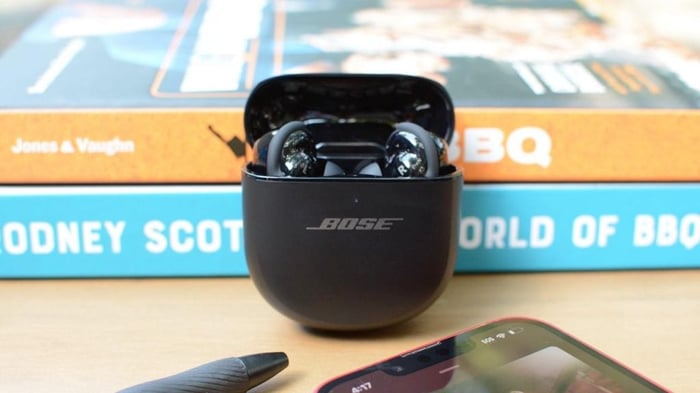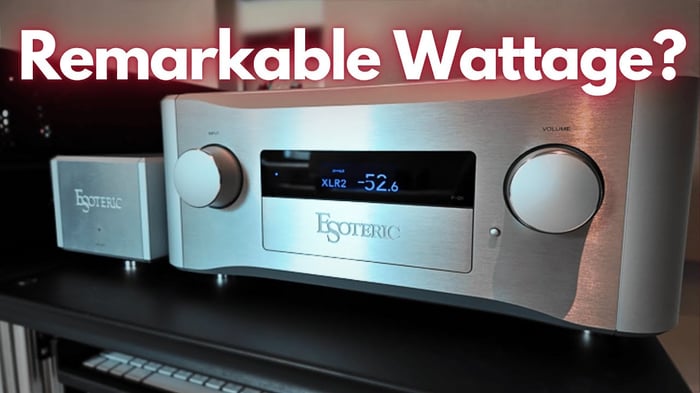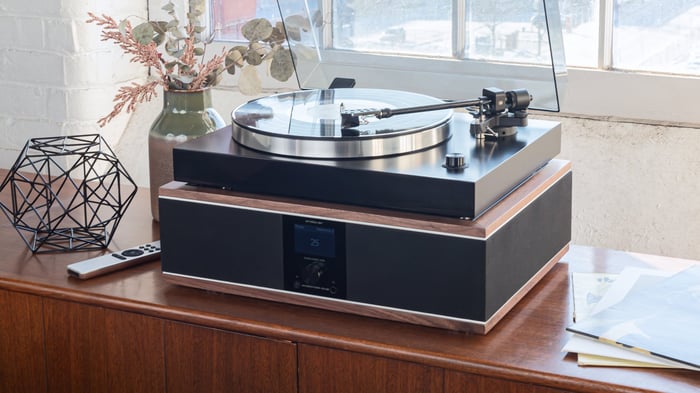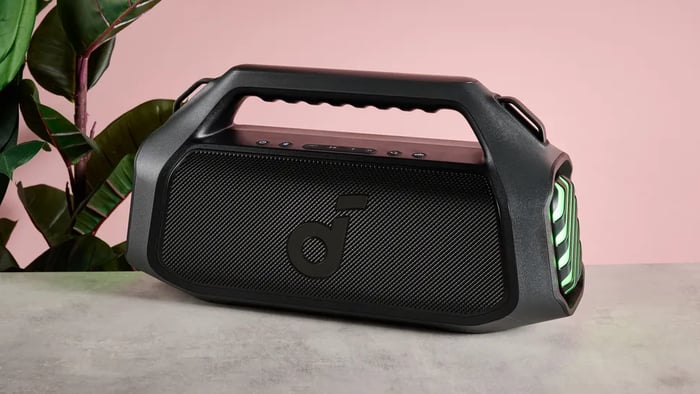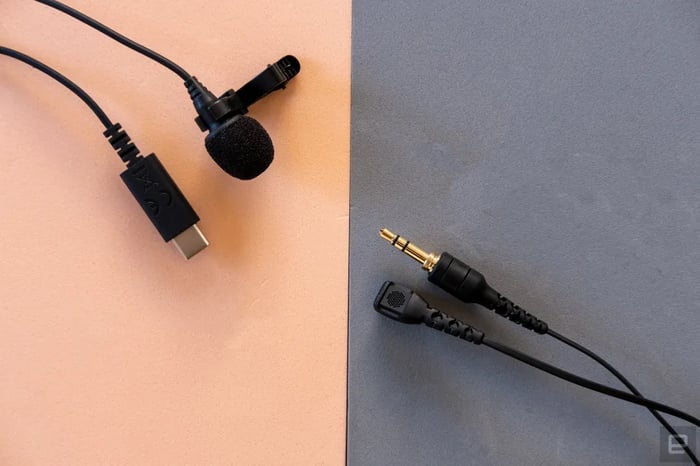
Top Mobile Microphones for 2025: Enhance Your Phone Audio Quality
Top Mobile Microphones for 2025: Enhance Your Phone Audio Quality
Explore the best mobile microphones for crystal-clear sound on your phone in 2025, perfect for creators and vloggers on the go.
Why You Need a Mobile Microphone for Your Phone
If you're serious about capturing clean, professional-sounding audio while out and about, the built-in microphone on your phone probably won't cut it. Whether you're shooting quick videos, conducting on-the-go interviews, or want your voice-overs to sound sharp, investing in a dedicated mobile microphone can dramatically boost your content's sound quality.
These days, compact and functional microphones designed specifically for mobile devices are everywhere. A portable mic can be a lifesaver for solo creators filming on smartphones or mobile interviewers working in tight spaces. Some microphones plug directly into your phone, while others use wireless systems, giving you more freedom to move around—ideal for vlogging or shooting on the move.
For content creators wanting better audio without lugging around full recording setups, modern mobile microphones offer plenty of handy features. You can find models with multiple transmitters for two-person recordings, stereo recording modes for immersive sound, and even charging cases that keep your gear powered on the go. Just remember to check compatibility before buying—some mics work better on Android, others on iPhone.
The Best Mobile Microphones for Phones in 2025
Lavalier Microphones
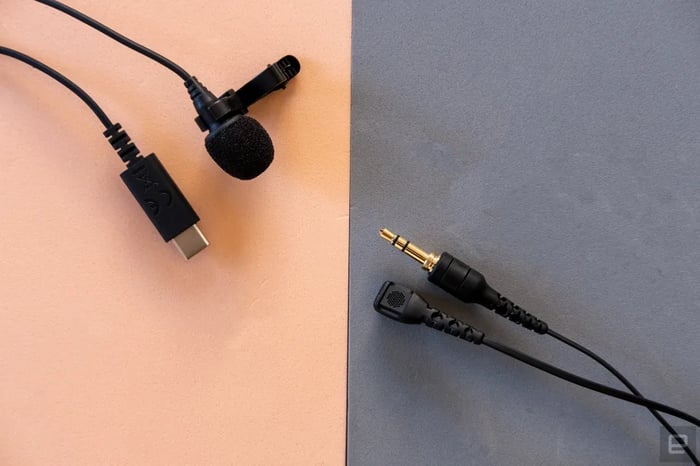
The clear winner for portability is the lavalier microphone. Its tiny size makes it perfect to wear on camera while moving, keeping sound quality steady. New TikTokers or vloggers will definitely want one of these mini mics in their bag. If you dislike cables, wireless lavaliers with handy adapters are widely available.
But here’s the catch: lavaliers capture sound only from the person wearing them. So if two people are talking and only one has a mic, you’ll get quality audio for just one half of the conversation. To record multiple people, you’ll need a mic for each guest and a way to capture all simultaneously, which can get pricey.
Luckily, the lavalier market is competitive, and you can find solid options starting around $14.95. For example, the Boya BY M1 lavalier microphone is a budget-friendly choice with a long cord and accessories. If you want something more durable, versatile, or just sounding better, expect to spend a bit more.
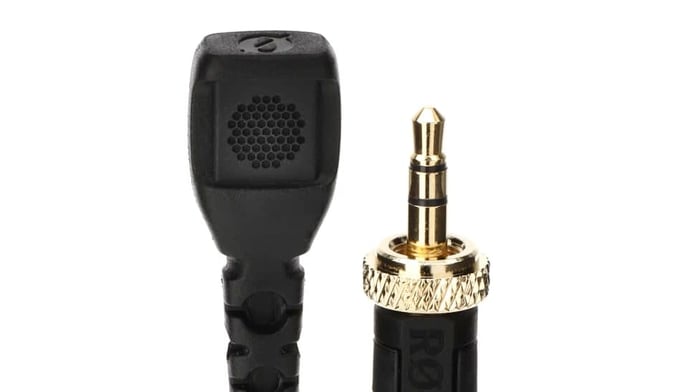
Best 3.5mm Mobile Microphone: Rode Lavalier II
Although not wireless, the Rode Lavalier II is a sleek, low-profile mic known for its excellent sound. Priced at around $99, it sits comfortably between budget and premium options. It comes with a sturdy case and useful accessories. For more flexibility, you can pair it with the Rode AI Micro interface ($79), which easily connects to iPhones or Android phones and supports two mics—ideal for podcasts or interviews.
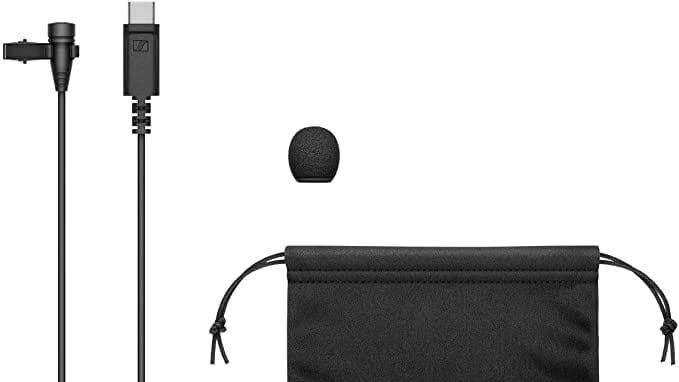
Best USB-C Mobile Microphone: Sennheiser XS Lav USB-C
At about $60, the Sennheiser XS Lav USB-C offers great sound and plugs directly into your phone or laptop without an adapter. This convenience reduces costs since you don’t need headphone dongles. It has a two-meter cable, giving you enough freedom to move or position yourself comfortably.
A Word on Wireless Microphones
Wireless tech for mobile phones has exploded recently, and the DJI Mic 2 stands out. It brings improvements over its predecessor, including direct Bluetooth pairing with smartphones, AI-powered noise reduction, and a large touchscreen.
Adapters: What You Need to Know
We’ve already mentioned the AI Micro, a handy adapter. One early hurdle is the difference between TRRS and TRS connectors. Simply put, TRS (two black rings) is the classic headphone jack; TRRS (three black rings) supports headsets with built-in mics.
This can be tricky for beginners—many 3.5mm lavaliers have TRS plugs and won’t work directly with phone headphone adapters. Sometimes the mic kit includes what you need, but if not, you’ll require a TRS to TRRS adapter. Some smartphone mics already have TRRS plugs, but then you might need different cables to use them with other gear like DSLRs.
Shotgun Microphones for Mobile
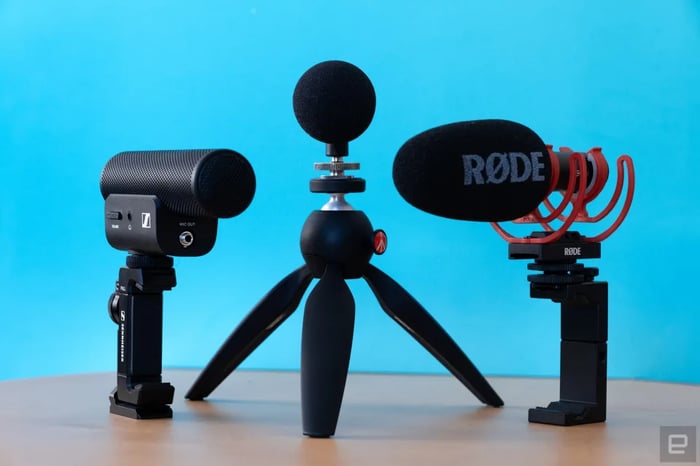
You might know shotgun mics from DSLR filming, but they’re also great for mobiles. Their narrow pickup pattern is excellent for podcasters, instrument recording, background ambiance, and more. For mobile sound pros, they’re lightweight and portable—easy to carry in a backpack or laptop bag. There are some great options tailored for mobile devices.
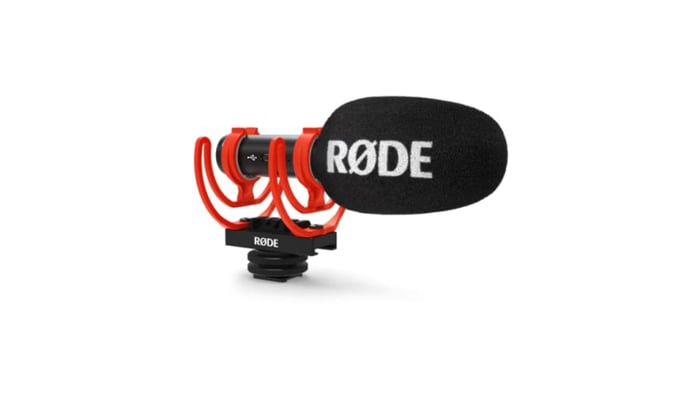
Best Budget Shotgun Mic: Rode VideoMic GO II
For just $100, this mic impressed us right out of the box with its sound quality. It competes with desktop mics costing triple the price. Adjustments require a companion app, but besides that, it works well for mobile creators.
Turning USB & Desktop Mics Mobile
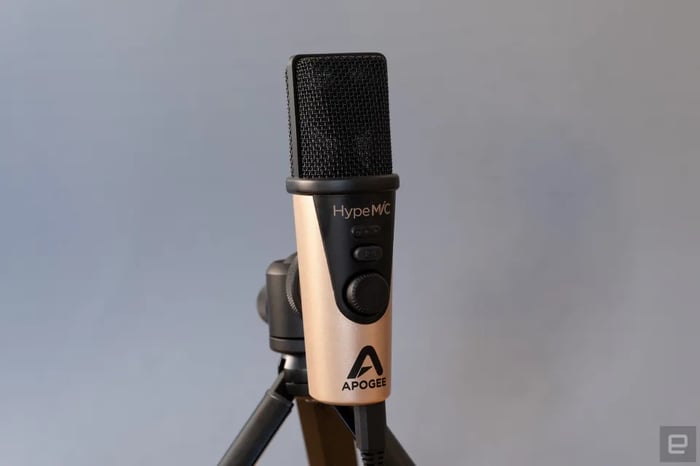
Dedicated mobile mics are fantastic, but you can also use your existing mic if it’s portable enough. You might need adapters, but it’s worth it. Below are some recommendations for regular mics that pair well with phones, plus cables and adapters for setup. Wireless options for on-the-go recording exist as well.

Best Mic for Multi-Platform Creators: IK Multimedia iRig Stream Mic Pro
The iRig Stream Mic Pro is like the Swiss Army knife of audio gear. It’s a large condenser mic that accepts instruments or other mics via 3.5mm input. You can even blend background music from your phone or computer. Whether you’re on the street, podcasting, live streaming, or performing on the go, this mic has the essentials to upgrade your audio.
It connects easily to mobile devices with included Lightning and Type-C cables. With four pickup patterns, it suits many recording setups—vocals, two-person chats, or capturing ambient sound. It’s not the smallest mic here, but probably the most versatile.
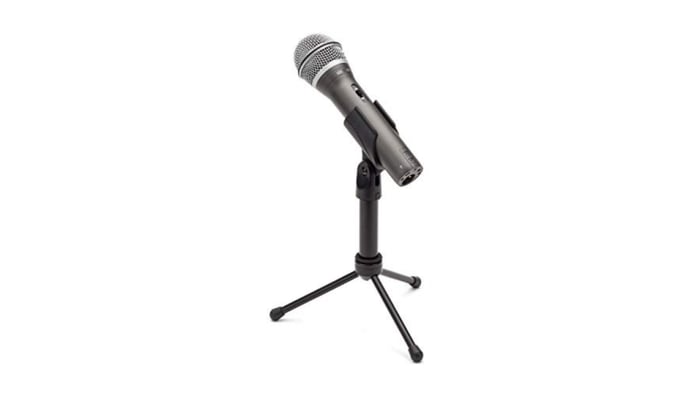
Great Desktop Option: Samson Q2U USB Microphone
Popular among podcasters, the Samson Q2U offers excellent bang for your buck. It supports USB (not Type-C) and XLR connections, making it versatile for desktop and mobile use. With a USB cable and adapter, you can plug it into your phone easily.
It’s built tough enough to handle drops, so it’s happy to live in your backpack ready for action. Its portability makes it great for singing, instrument recording, podcasts, interviews, and more.
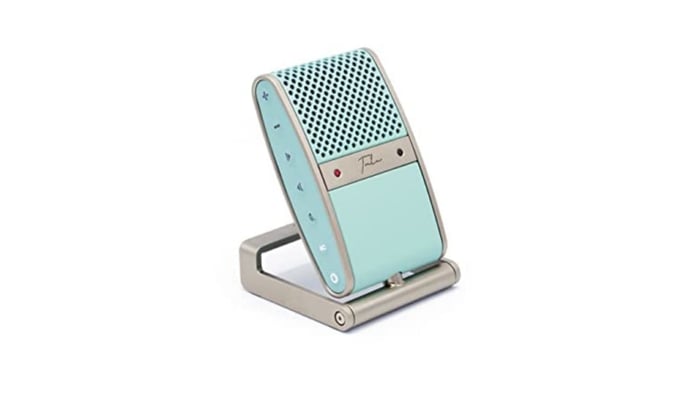
Tula Mics USB Mic: Portable Podcasting Powerhouse
Tula is a newer brand that has won hearts with a vintage-style debut mic. Its USB mic connects directly to Android via USB-C or iPhone with USB-C to Lightning cables or camera adapters. It doubles as a desktop mic and portable recorder with a lavalier input, 8GB storage, and noise cancellation—perfect for blocking out background noise.
With up to 12 hours of battery life, it can be used wirelessly. Theoretically, this could be your only mic for home, mobile, and standalone recording.
Cables: The Hidden Hero of Mobile Audio
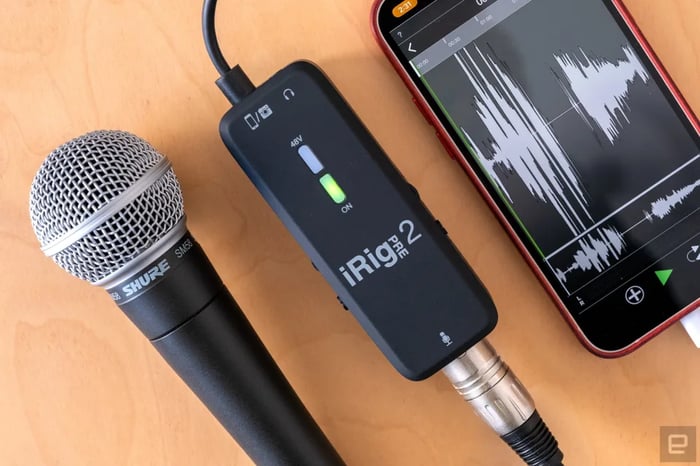
Plugging a USB mic into a phone isn’t always one-cable simple, though it’s getting easier. Android generally makes this simpler, but with various manufacturers and software versions, things can get tricky.
For iPhones, USB mics often work with camera kits but can be awkward. Most USB-C to Lightning cables (including Apple’s) don’t support microphones. Trusted options like Fiio cables or universal alternatives are affordable and great to keep handy—also doubling as phone chargers.
Other Mobile Microphone Picks
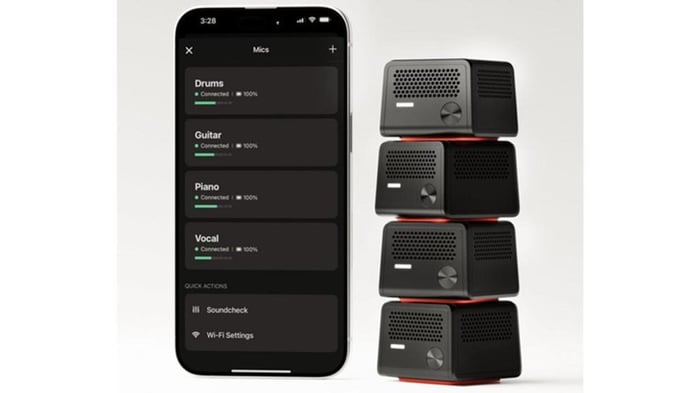
Best Mobile Mic for Traveling Musicians: Audigo
Most mics here can record music well, but Audigo is designed specifically for musicians and performers on the move. This pocket-sized square mic rivals the now-discontinued portable Spire studio with an accompanying app.
Audigo is more portable and supports multi-track recording by linking several units. After recording, add reverb, delay, EQ, and other effects before exporting. There’s also a video mode perfect for polished uploads.
Currently, it requires an iOS app, which isn’t ideal, and no USB use yet. Still, for mobile musicians, its feature set is hard to beat without juggling multiple apps.
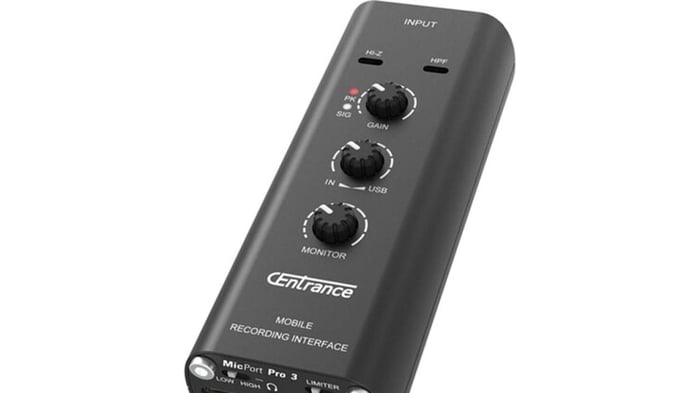
Top Mic for Journalists and Field Recording: CEntrance MicPort Pro 3
With USB-C now on iPhone 15, many podcast and game mics are plug-and-play. But for field recording, interviews, ambient sound, or mobile podcasts using professional mics, you need an interface like CEntrance MicPort Pro.
Featuring an XLR combo jack supporting mics like the Shure SM7B or Electro Voice RE20 (including phantom power), MicPort Pro keeps noise to a minimum. It has a built-in battery lasting around five hours and charges via USB-C, usable while plugged in.
It includes real-time monitoring, a high-pass filter to reduce wind noise, and a limiter to avoid clipping from sudden loud sounds. It even can hold shotgun mics. Though mobile, it doubles as a simple audio interface at your desk.
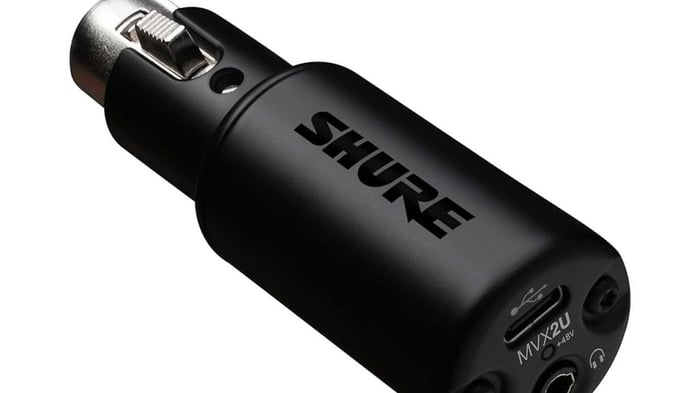
Budget Field Mic: Shure MVX2U
While Shure’s MVX2U XLR-USB interface officially doesn’t support phones, it worked with several Android models and iPhone 15 during testing. It costs about half of the Centrance unit.
The catch? Settings adjustments require desktop Shure software—no mobile tweaking. Still, it’s a solid budget option if you don’t mind that limitation.
“A portable mic can be a lifesaver for those filming on smartphones or mobile interviewers working in tight spaces.”
— Audio Tech Insight
Conclusion
Picking the right mobile microphone can totally transform your content’s audio quality, whether you're a solo creator, musician, journalist, or podcaster on the move. From compact lavaliers and wireless setups to versatile USB mics and shotgun options, there’s something for every need and budget in 2025. What’s your go-to mic for mobile recording? Share your experiences or questions below!
FAQs
- What type of microphone is best for mobile vlogging?
Lavalier microphones are ideal for mobile vlogging due to their small size and ability to capture clear voice audio while moving. - Can I use a USB microphone directly with my phone?
Many USB microphones can connect directly with phones, especially Android devices, but iPhones often require adapters like a camera connection kit. - Are wireless microphones better than wired for phones?
Wireless mics offer freedom of movement, great for dynamic shoots, but wired mics tend to provide more stable connections and don’t need charging. - How do I know if a microphone will work with my phone?
Check the mic’s compatibility with your phone’s OS and connector type (TRRS, USB-C, Lightning). Manufacturer specs usually list supported devices. - Is a shotgun microphone useful for mobile recording?
Yes, shotgun mics are great for focused audio capture, reducing background noise, and are often lightweight enough for mobile use.
Ready to upgrade your recording setup? Shop your favorite album cover poster and more at Architeg Prints.
 | DISCOUNTGET 30% OFF*Use code on your next order:
|
* This post may contain affiliate links, meaning we earn a commission if you make a purchase through these links, at no additional cost to you.



